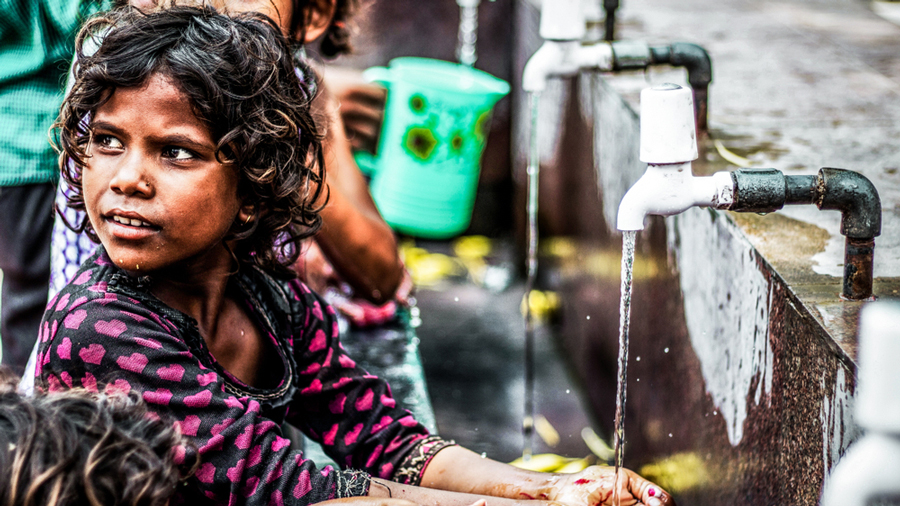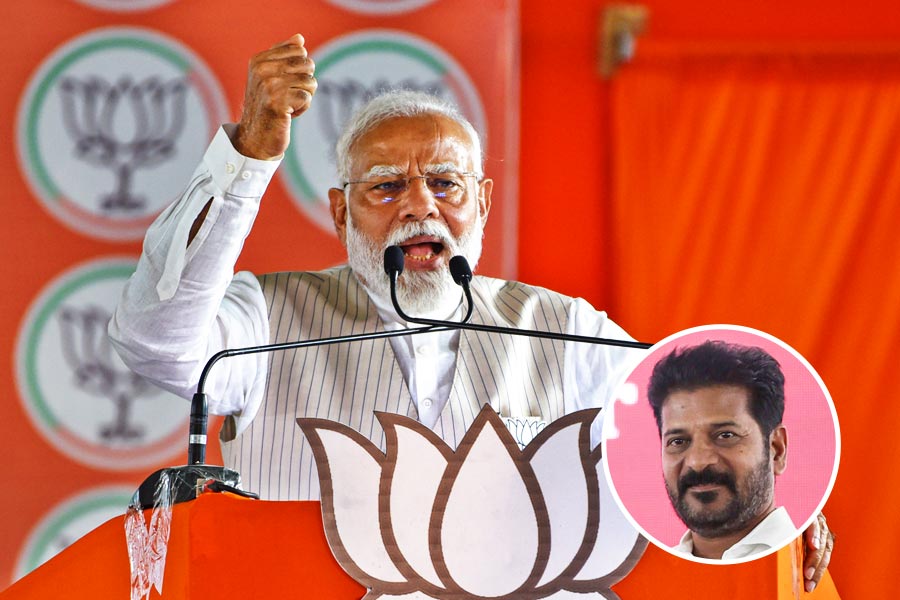India’s goal of correcting its gender imbalance seems to have grown more distant. The National Family Health Survey has found that a number of states that had made progress in terms of the sex ratio at birth have now posted discouraging figures. Out of the 22 states surveyed thus far, eight have registered a significant decline in their sex ratios. These include Kerala, Meghalaya, Maharashtra and Himachal Pradesh, all of which had posted gains in the last NFHS. Kerala had been the second best performer after Punjab in the NFHS-4, clocking a gain of 122 points by bolstering its sex ratio at birth from 925 in the third survey in 2005-2006 to 1,047 in the fourth in 2015-2016. Meghalaya, too, had progressed by 102 points in the last NFHS. The latest findings indicate a clear failure on the part of seemingly gender-forward states to maintain their momentum in correcting skewed sex ratios. With Kerala being India’s most literate state — its literacy rate stands at 96.2 per cent — it can no longer be taken for granted that an educated society will naturally oppose gender-related discrimination and crime.
To what are such drastic declines owed? One significant reason is institutional oversight, which is augmented by the hostile societal attitudes towards girl children in India who are commonly aborted because of a marked preference for boys. The Pre-Conception and Pre-Natal Diagnostic Techniques Act — enacted in 1994, amended in 2003 and strictly implemented in 2011 — was meant to prevent selective abortion by banning prenatal sex determination, but it has not helped in improving the sex ratio. Several loopholes persist. The stipulations for purchasing point-of-care ultrasound scans are understandably stringent, but this hinders their availability in rural areas, which forces patients to go to distant urban facilities, resulting in delayed diagnoses and added medical expenses. Radiologists have also pointed out that the law does not clearly mention how to dispose of old ultrasound machines, which are often reused for sex determination. There is a shocking gap between intent and implementation in governmental efforts to prevent the deaths of girl children. The goals of the Centre’s flagship Beti Bachao, Beti Padhao scheme are noble, but last year the Narendra Modi-led government conceded in Parliament that almost 56 per cent of the funds for the scheme had been spent on advertising, with no impact assessment being conducted. Filling the legislative, medical and societal gaps is only part of the challenge. Affirmative action must be accompanied by political will to raise public awareness as well as bolster women’s agency over their own bodies.










